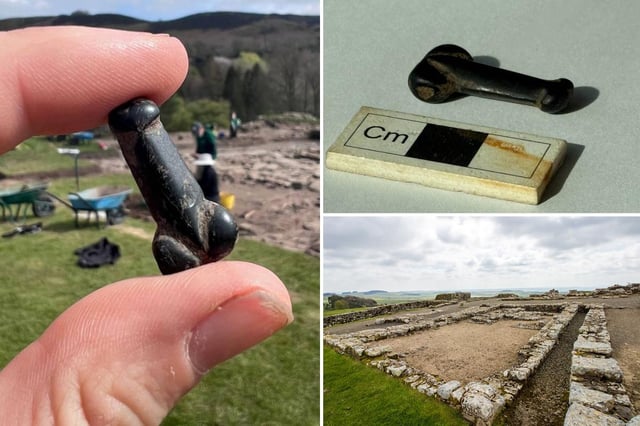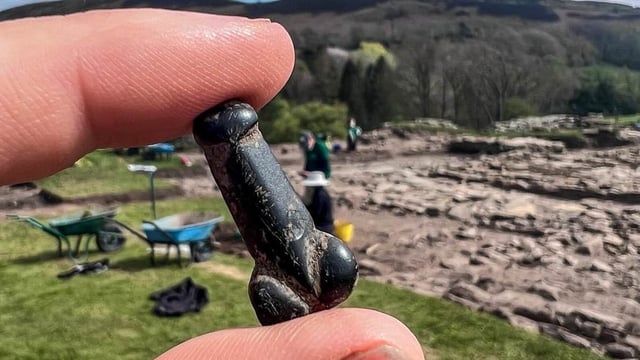Overview
- Archaeologists at Vindolanda, near Hadrian's Wall, uncovered a phallus-shaped pendant made from jet gemstone during ongoing excavations.
- The pendant, found in the rubble core of a barrack wall, is believed to have been lost during construction in the early 4th century.
- Its smooth surface indicates frequent handling, suggesting it was touched regularly by its wearer for good luck or protection.
- Phallic imagery was common in Roman culture, with nearly five dozen examples found at Vindolanda and other sites along Hadrian's Wall.
- The artifact is undergoing conservation and will be displayed publicly in 2026, contributing to the understanding of Roman military life and personal rituals.


